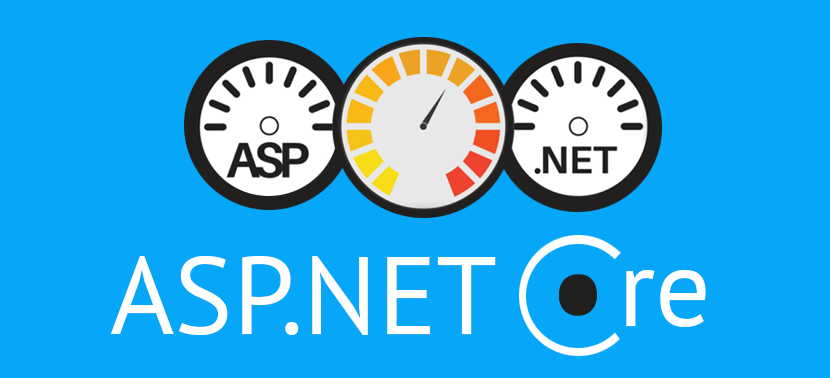When creating an application or website, the performance of the application is always the top priority of the developer. This is primarily because the technology enriched end users of today always expect an application deliver a great user experience and function at a very good speed. Anything less than that is often moved away from.
Asp.Net is a feature rich application development platform that allows its developers to build scalable and robust applications. Although, applications developed with Asp.Net are always at the peak of their performance, it doesn’t mean that there is no room for improvements. The performance and speed of any application can always be accelerated a little more with a few tweaks and these little changes lead to some incredible results.
Top 5 Methods to Boost Speed and Performance of Asp.Net Applications
In case of dot net applications, given below are the top 5 techniques or methods you could use to easily boost your app’s or website’s speed and performance.
1. Caching

Caching is one of the most popular ways to increase a website’s speed. But a lot of businesses still ignore it. In caching, the contents to be displayed are stored in memory so that the page doesn’t have to be called from the web server the next time it is requested. The first time however require the page to be extracted from the server.
The memory can either store the entire page or just fragments of it depending on the type of content. For dynamic content pages, the output cache needs to be customized to ensure the right content is displayed based on the input for which you will need the help of professional Asp.Net developers
2. Disable View State

View State is a method that the Asp.Net page framework uses to preserve page and control values during postbacks. Postbacks are when the Asp.Net pages are submitted to the server for processing. The values of the page that are to be preserved are serialized into encoded strings and stored in the view state hidden fields.
Now a lot of situations like, when the control only changes from user actions or it is populated after every postback, do not really need the view state field. So in such situations, you are better off disabling this function. The view state increases the load on the page due to the serialized (and de-serialized) data and also due to the increased memory allocations on the server. All of this decreases the speed of the page significantly.
3. Remove Unused Modules

In Asp.Net applications, requests are served after they go through various HTTP modules in the pipeline and then reach the end user. Most of the times, a lot of these HTTP modules don’t actually have any purpose.
Ask the dot net developers you hire to run a code to detect the unused modules and disable them immediately. This will reduce the bootstrapping time as there will be fewer object creations in every page load. This will increase the overall speed and efficiency of your app.
4. Use Web Optimization Tools

To optimize your apps performance, there are a number of tools available that you can make use of. The Asp.Net Web optimization framework is one that reduces the size of the requested javascript, css and other files. It also reduces the overall number of round trips by bundling multiple files into one.
Both of these functions improve the speed and overall efficiency of the program. You can also use tool kits like Grunt and Gulp.js that allow you to automate these tasks without having to include a lot of code especially for loop functions. These too reduce the size of the program thereby making it more efficient.
5. Image optimization

The graphics are the most overlooked things in a web or application page. The problem with this is that these also contribute to most of the load of the page that ultimately slow it down. Optimizing your graphics are just as important as any other method described above.
Image optimization can be performed with a number of extensions depending on the type of application you’ve created. For instance, for apps built with Azure, you could use the Azure Image optimizer to automate all of your graphics during the build. Image optimization also reduces the need for your bandwidth and hence boosts the page performance. You can read more details on How to Optimize your Images in .Net Applications here
So these were just a few simple ways that you can increase the performance and speed of your Asp.Net applications. Optimizing your application is not just a single step but more of a process that ultimately should become a habit for developers. Always have a mindset that compels you to look for small details that can help you optimize the application a little more than usual. After all, no matter how perfect an application might be, there is always room for improvement.







Leave A Comment